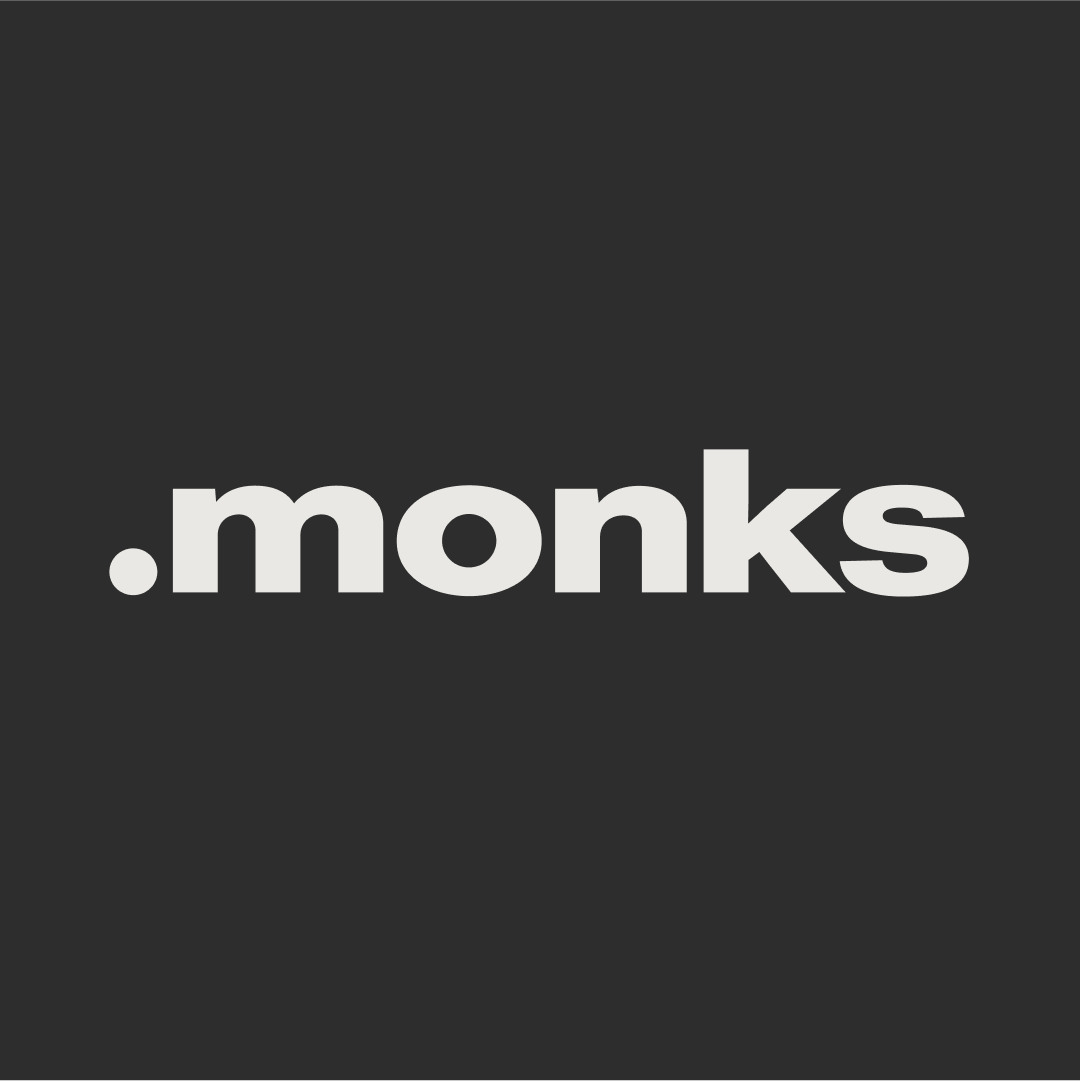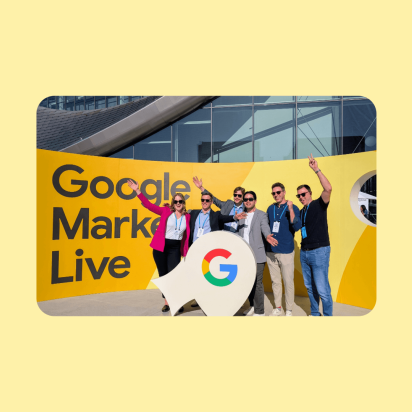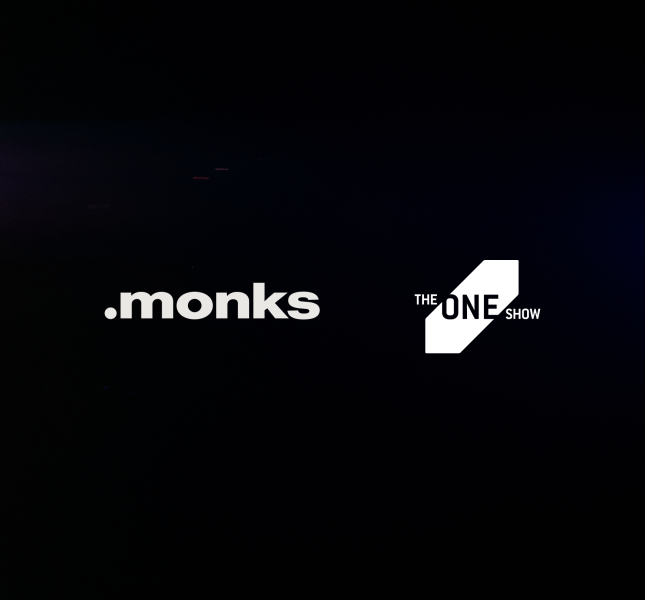Creative Efficiency – and the Fine Art of Fit for Format
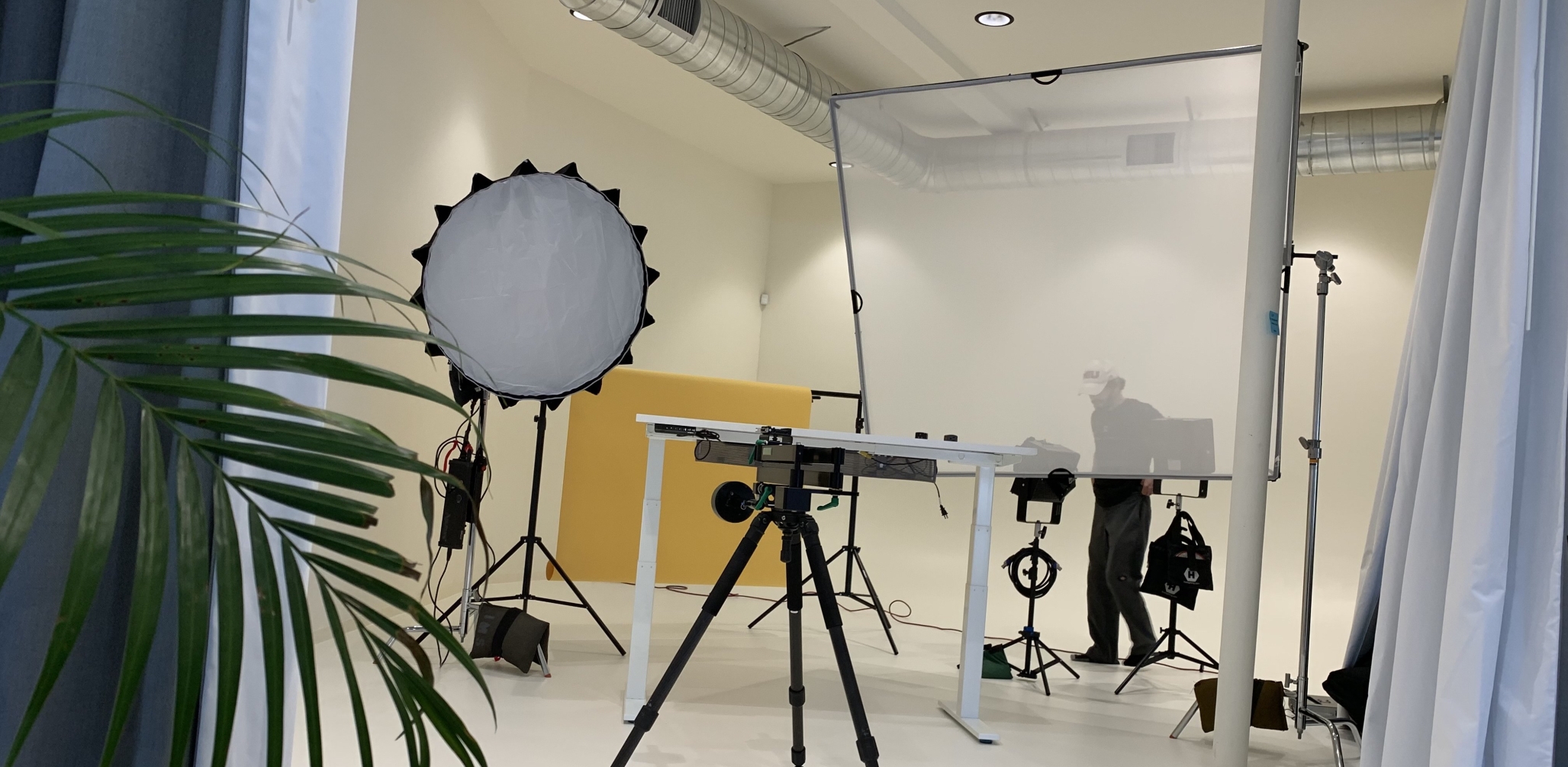
Brands have felt the pressure from digital-native, direct-to-consumer (DTC) brands in more ways than one. A primary advantage that DTC brands have over others is that they’re closely aligned with consumer data. The benefits to this are two-fold: first, it’s enabled them to establish stronger, more relevant marketing strategies with first-party data. Second, it provides insights needed for product development, placing the brands’ focus and output squarely on customers and their needs.
Popular DTC beauty brand Glossier, for example, leverages its close connection to consumers to innovate new products—like its dual makeup remover and face cleanser, inspired by insights that its customers washed their face in two steps by using two different products. It’s an example of how the brand places its customers at the forefront of product and brand strategy, whereas the focus of legacy CPG brands may lie in retailers.
Achieve Greater Storytelling with Integrated Production
Digital-native brands are well-versed in telling their brand story effectively through social media. Without other outlets at their disposal, they had to build buzz this way, and it’s that do-or-die struggle to build a brand in an intensely competitive digital environment that has allowed successful digital-native brands to establish the customer relationships envied by other brands, who have struggled to translate their identity into digital.
And this is where most brands have faltered in their story: eschewing digital-first content for the traditional “big idea.” While an impressive TVC is still useful for broad reach, it’s ill-equipped to achieve the relevancy required by today’s consumers, who are trained to tune out information that doesn’t immediately purport to serve them.
“These brands tend to create a more traditional piece, then re-edit to tell a story in hindsight,” says Olivier Koelemij, Managing Director at MediaMonks LA. One need only look at a widescreen TVC awkwardly clipped into a vertically consumed, 6-second social ad to see why it doesn’t work.
What brands should do instead, says Koelemij, is connect data and media strategy with creative ahead of moving into production. This enables a strategy for producing content that’s fit for format. While that might sound overwhelming for brands that aren’t fluent in the nuances of different channels and how users interact on them, Koelemij assures brands that “This approach is often cheaper and more efficient, because it’s easier to post-produce.”
Less effective campaigns rely on a more traditional piece, then re-edit to tell a story in hindsight.
Efficiency isn’t just a matter of getting things done quickly. It’s transforming your production process into actionable results. “Efficient creative drives tangible business effects, is instrumental to cultural change or integral in the achievement of brand purpose,” says Louise Martens, Global Head of Content Studios at MediaMonks. By investing strategically in the right channels and adopting smarter production processes, brands can better validate their purpose and draw in audiences with greater relevance.
Begin Your Creative Process with a Channel Strategy
“Where the sweet spot lies in integrated production is connecting creative and media strategy before production,” says Koelemij. “The focus should line up with the media spend.” This equips brands to build content tailor-made for the different channels they’ll support over the course of a campaign, rather than treat them as an afterthought—promising greater relevance and effectiveness in the process.
“The problem lies in not thinking about your channels and audience when initiating creative,” says Koelemij. He suggests focusing on a creative insight (much like the big idea that traditional brands are so used to thinking about), but following through with several “little-big” ideas that are optimized per channel.
Fit-for-format ideation blows traditional creative concepting out of the water in terms of results.
So, what would a good YouTube-first video look like, for example, opposed to a cut-down TVC? We made a whole series of them for feminine hygiene brand Always. CPG brands have perhaps felt the biggest competition from DTC brands, which have built brand loyalty through direct customer relationships that traditional CPG brands tend to miss out on.
Still, best-in-class creative provides brands the opportunity to build valuable customer relationships. In this case, the goal was to help Always strike a bond with girls as they fielded questions about their first period or other concerns about puberty. Our video series, titled “Girl Talk,” features episodes that dive into these topics through the questions that young girls may feel too embarrassed to ask friends or family about.

Taking the form of an upbeat quiz show, the videos fit well within the context of self-researching awkward questions. With a fun format and cheerful animations that look like they’ve jumped right off the pages of a marble composition notebook, the videos serve as a great example of what can be achieved by planning and executing the entire process efficiently—through ideation to production and finally editing in animations for an added dose of relatability.
To help brands achieve this faster than ever before, we opened a new production studio as part of our new Venice Beach office in Los Angeles, California. The all-white photo studio is versatile and easily customizable to a brand’s stylistic or content needs, including multi-camera interviews, gorgeous tabletop shots and straight-to-camera scenes. With two full editing bays on premises, teams can immediately post-produce or edit film and photos while shooting simultaneously, offering a more streamlined production process.
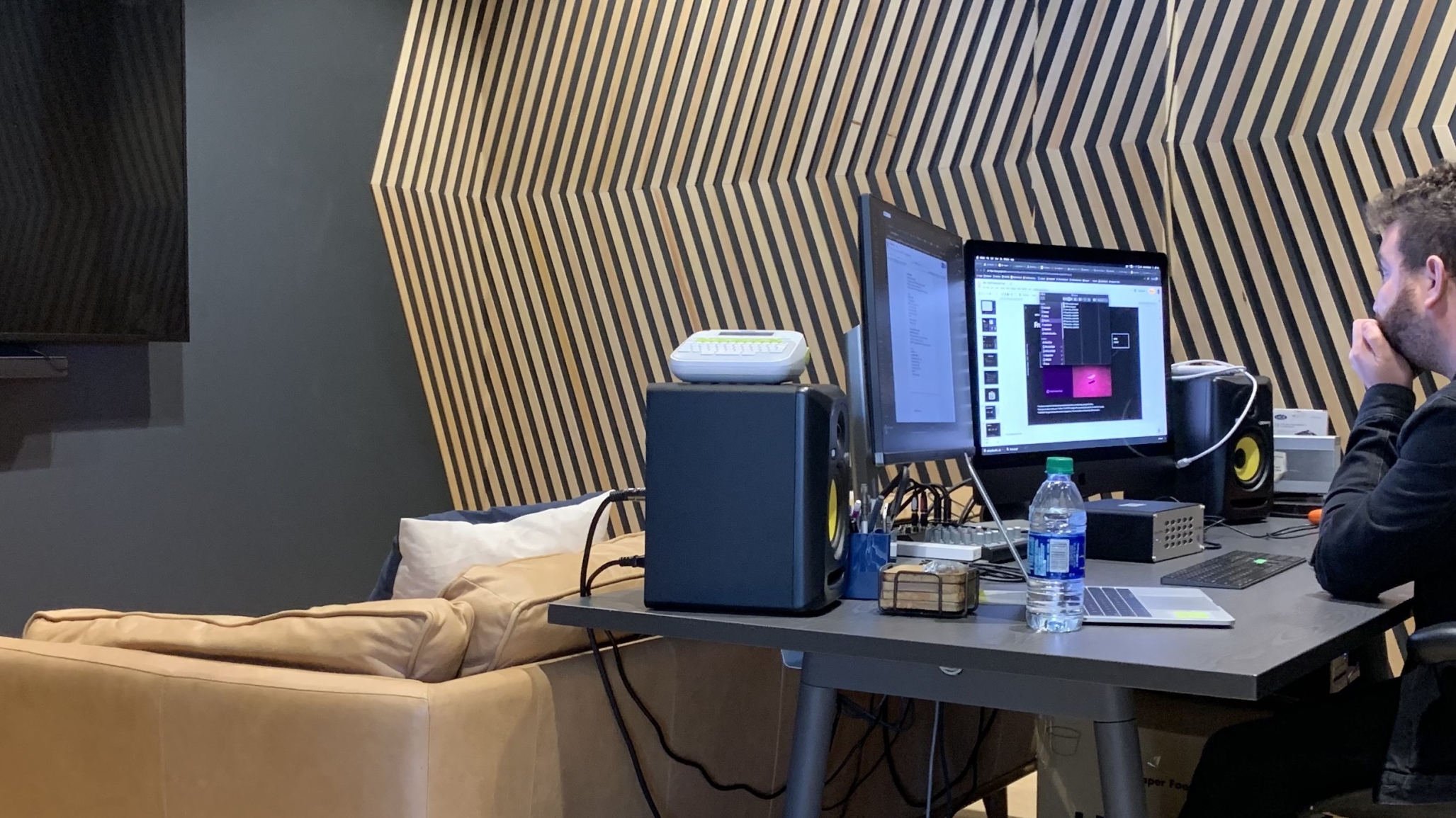
“You can walk in with your actors and team in the morning, then exit at the end of the day with all of your assets—all optimized,” says Koelemij. And that’s another benefit to producing transformable, fit-for-format content: you can quickly adapt the content depending on what works and what doesn’t.
“Fit-for-format ideation blows traditional creative concepting out of the water in terms of results,” says Martens, mentioning how online retailer Chewy saved $10K in just a week after we re-edited and optimized their creative into a YouTube-first format. Brands that take a more strategic approach to their channel strategy, and integrate it into the earliest phases of the creative process, can likewise optimize their production to drive results.
Related
Thinking
Sharpen your edge in a world that won't wait
Sign up to get email updates with actionable insights, cutting-edge research and proven strategies.
Monks needs the contact information you provide to us to contact you about our products and services. You may unsubscribe from these communications at any time. For information on how to unsubscribe, as well as our privacy practices and commitment to protecting your privacy, please review our Privacy Policy.
